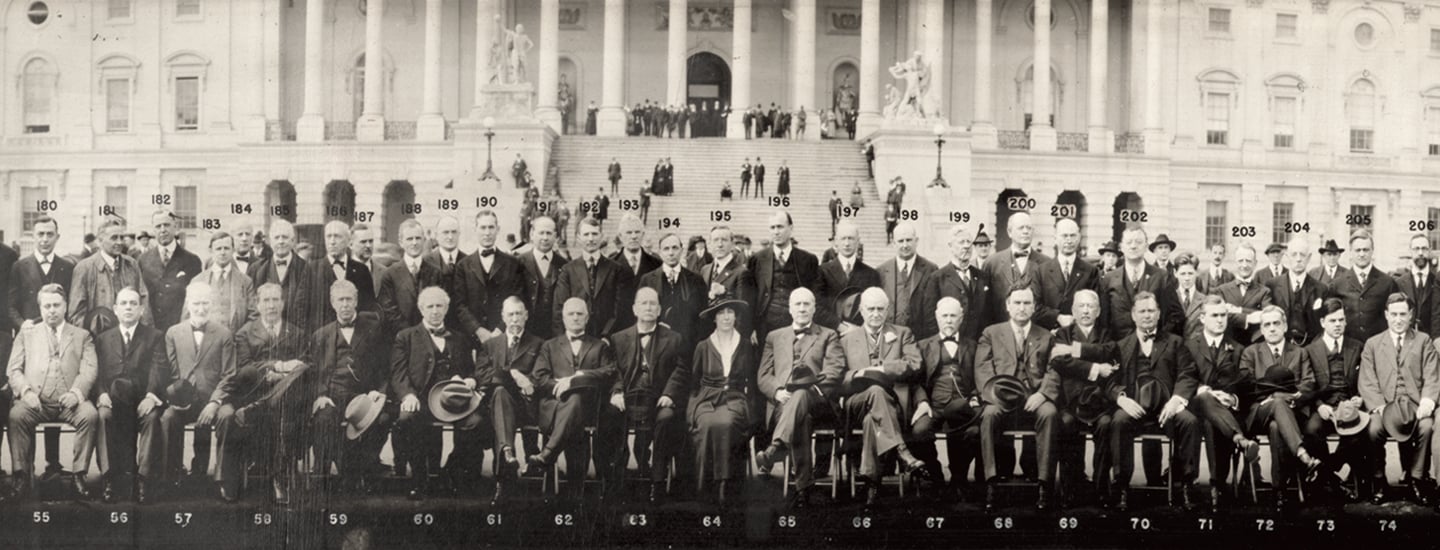Being a member of the U.S. Congress is one of our nation’s most important jobs. These elected officials meet in Washington, D.C., to make America’s laws. But for our government’s first 128 years, all of these lawmakers were men.
In 1917, a woman named Jeannette Rankin changed that. She became the first woman to serve in Congress.
Being a member of the U.S. Congress is an important job. These elected officials meet in Washington, D.C., to make America’s laws. But for our government’s first 128 years, all of these lawmakers were men.
In 1917, Jeannette Rankin changed that. She became the first woman to serve in Congress.

